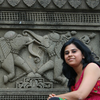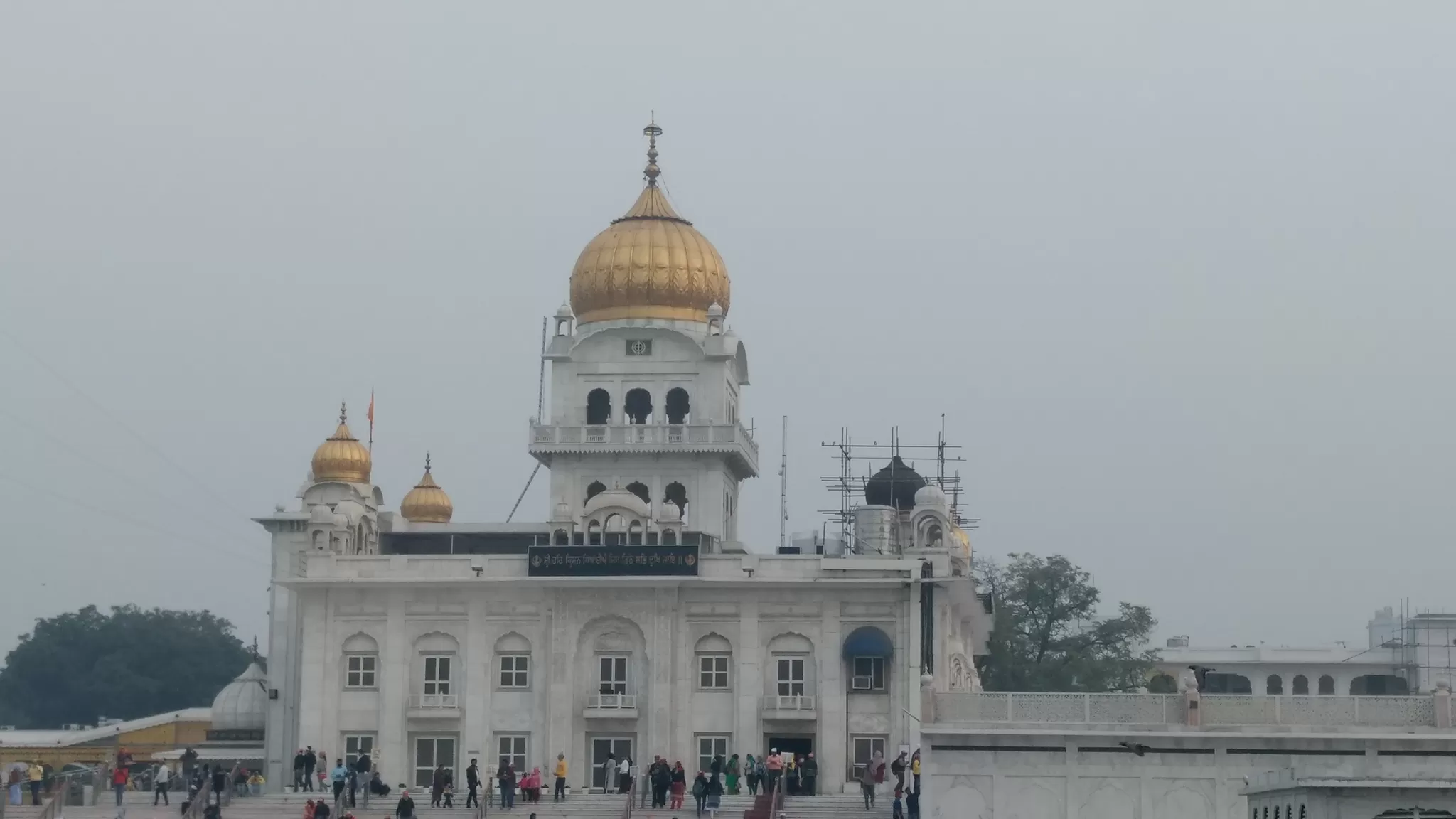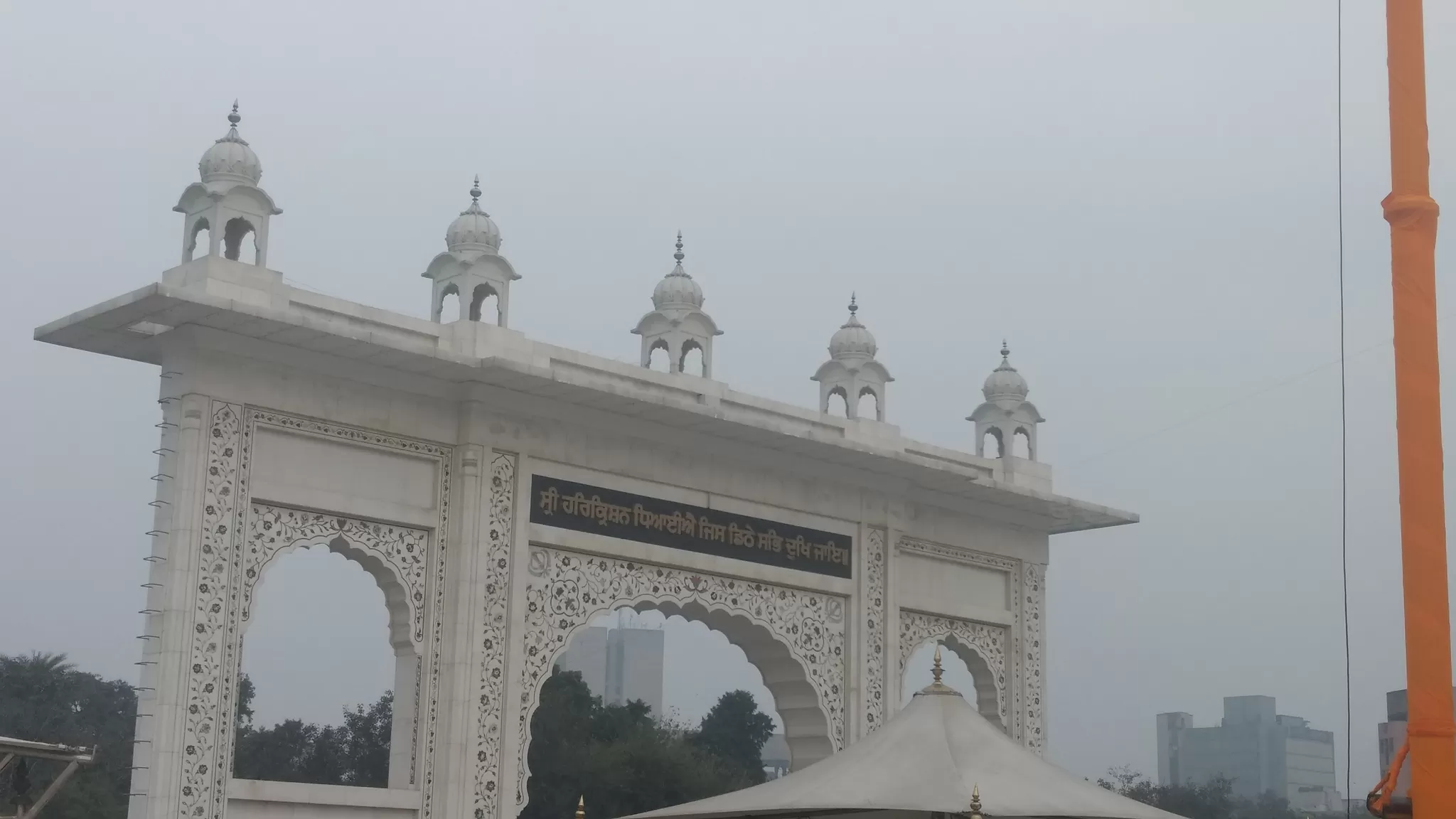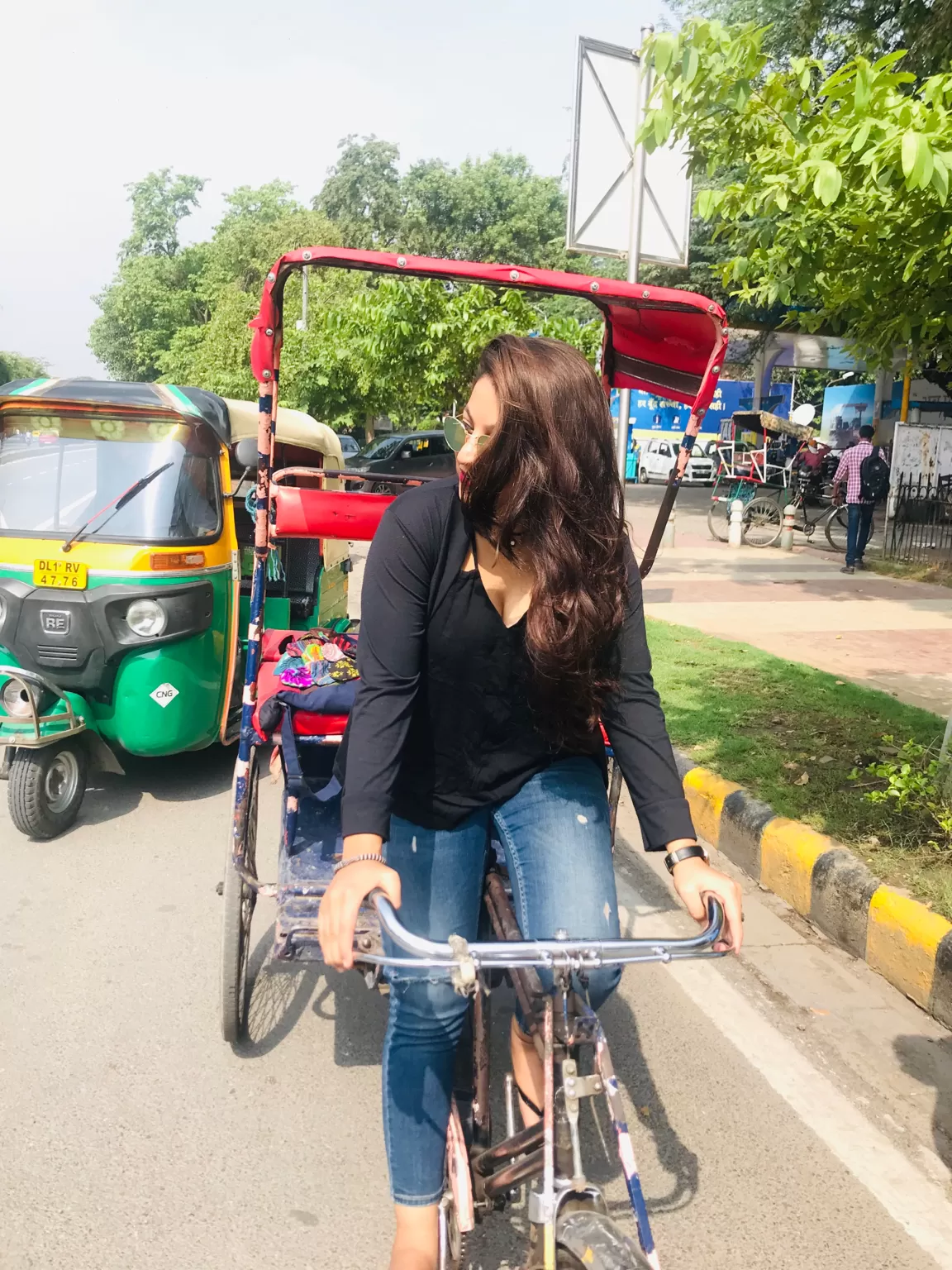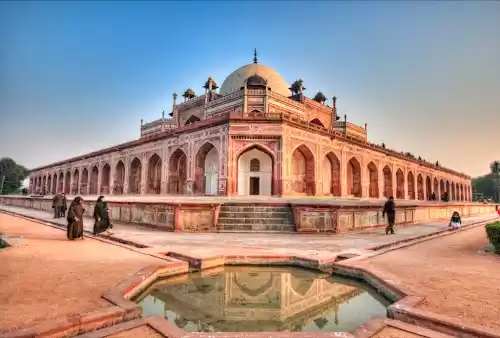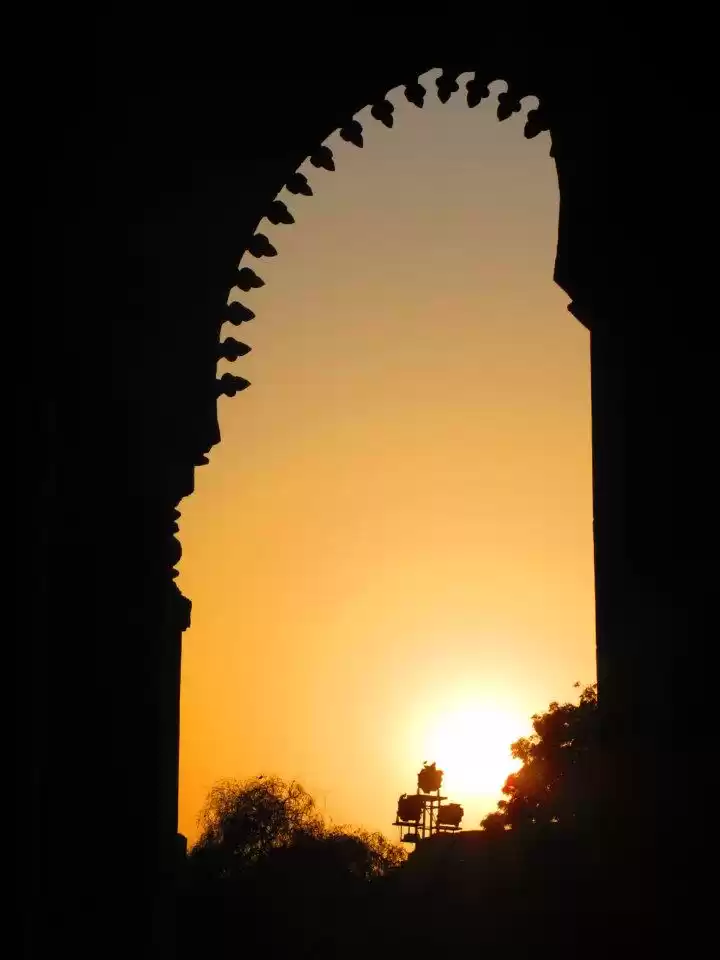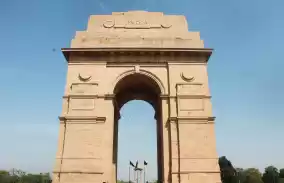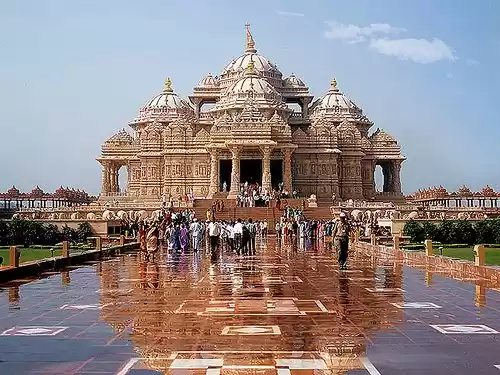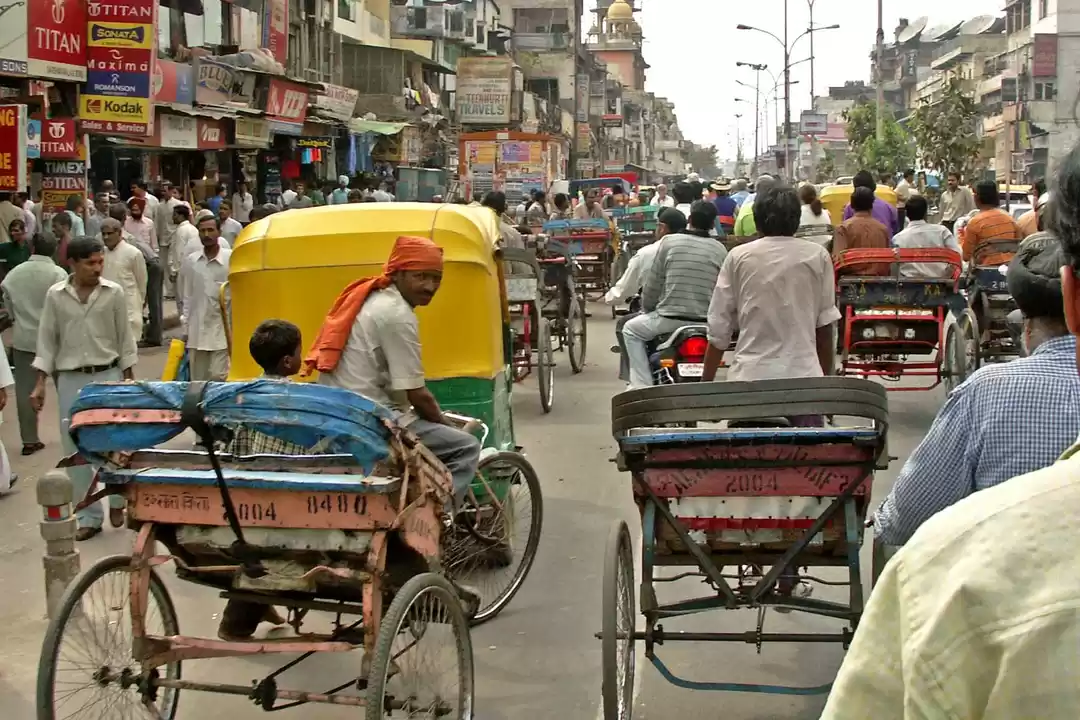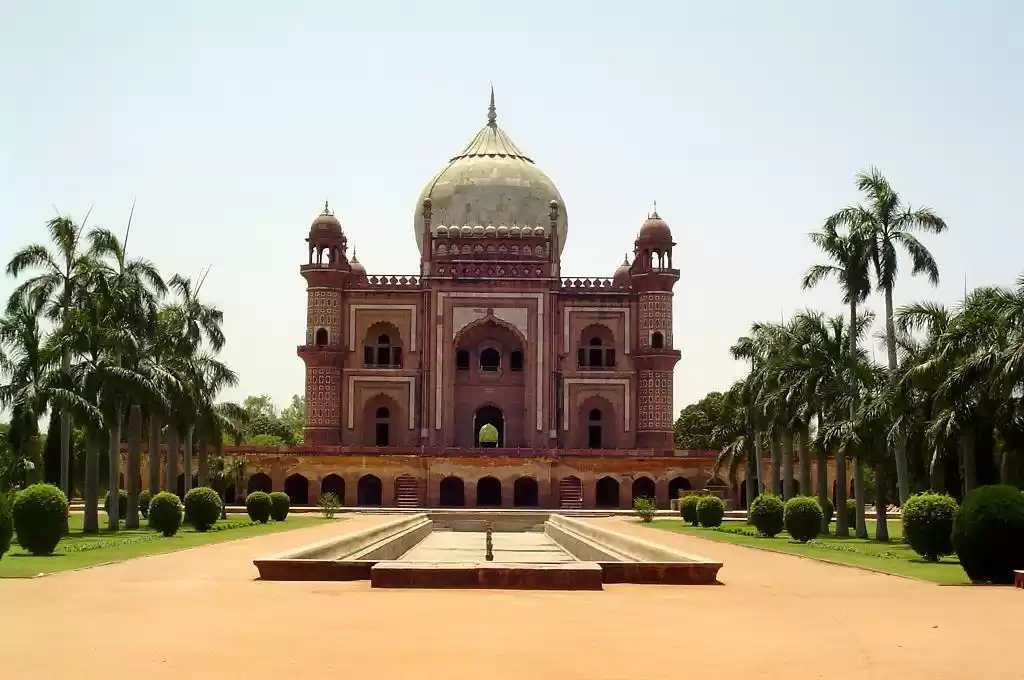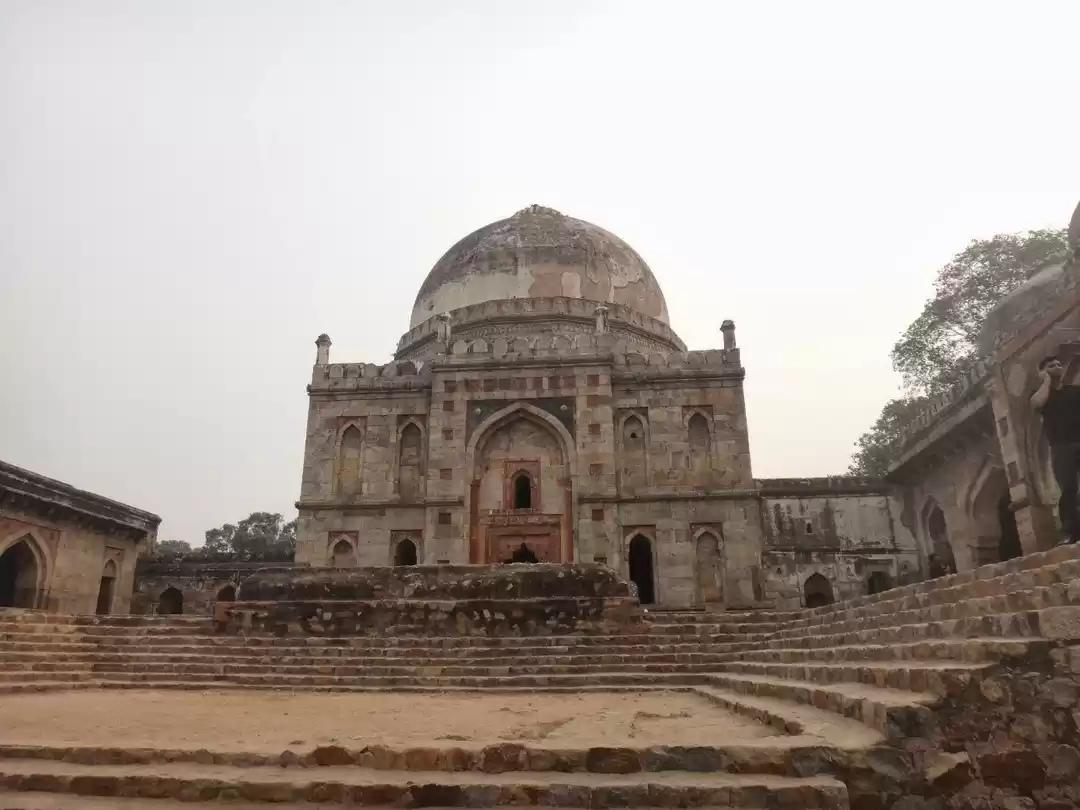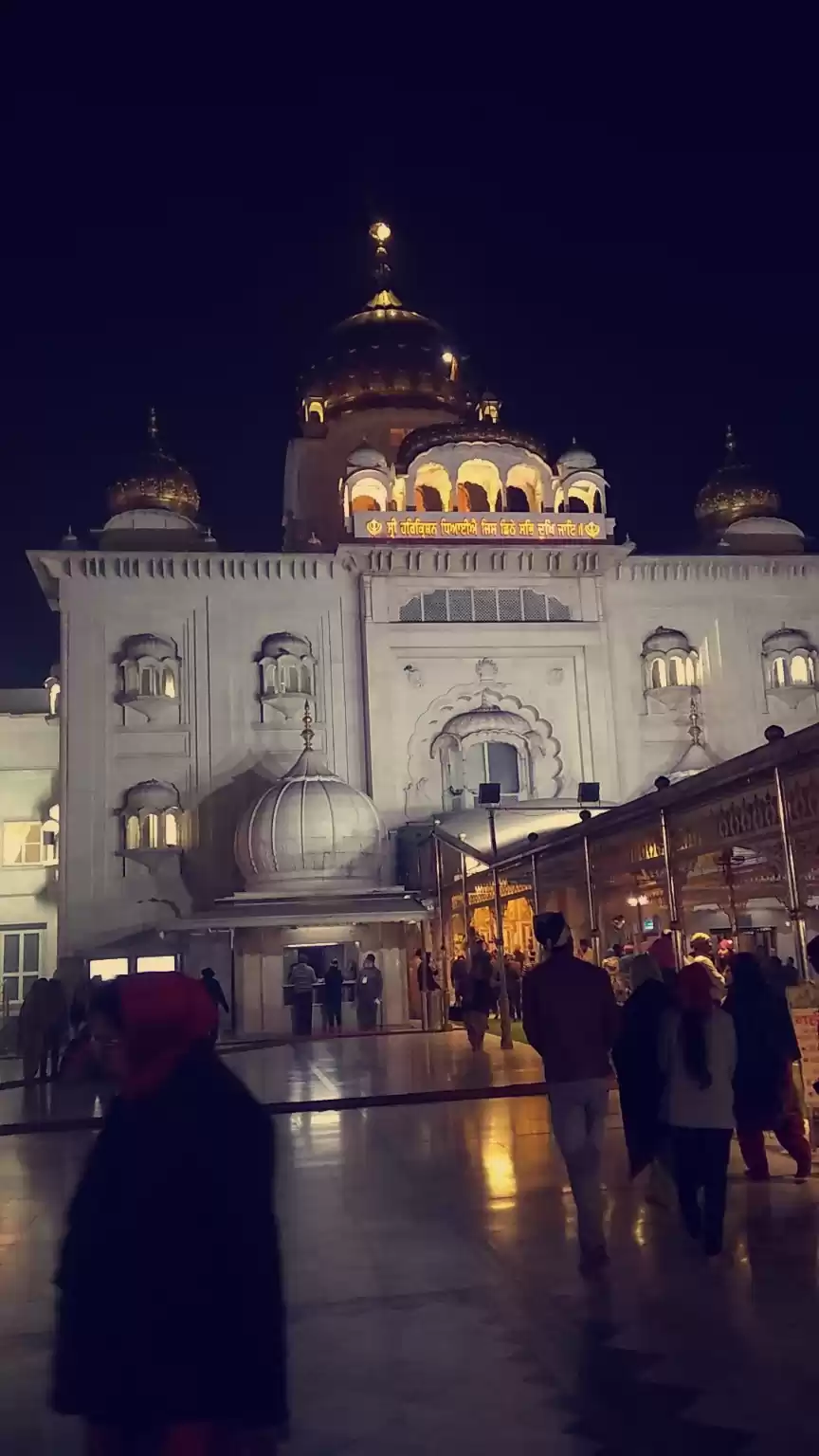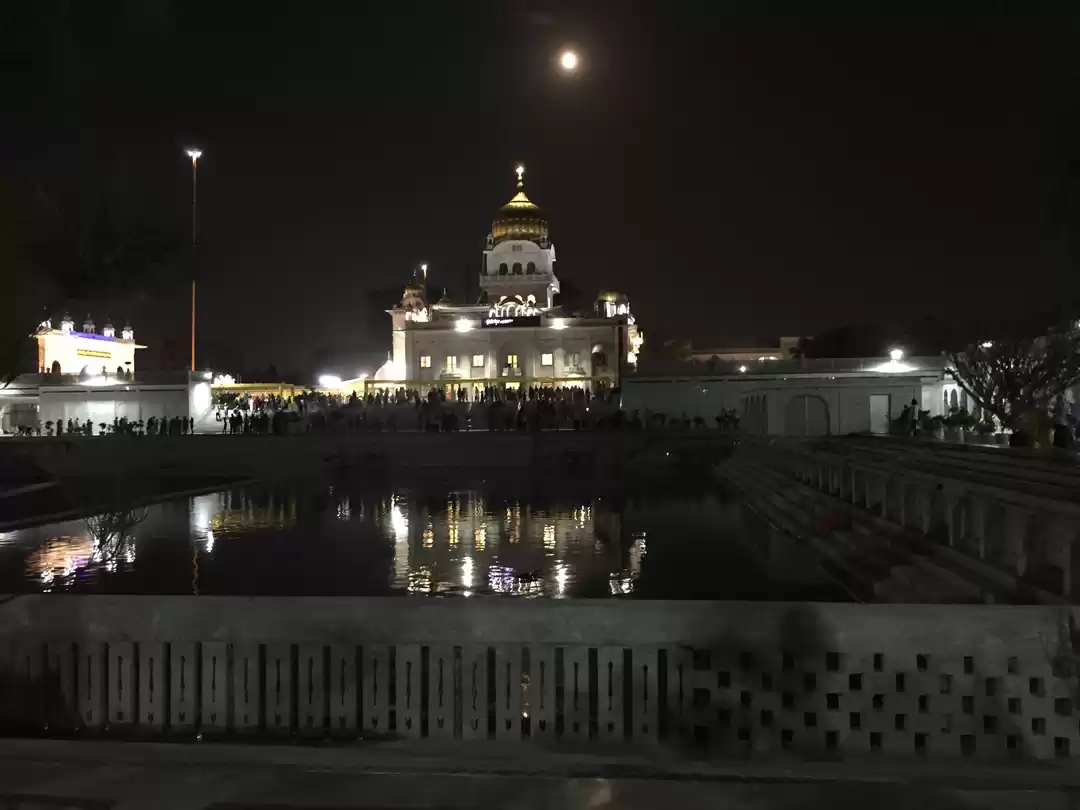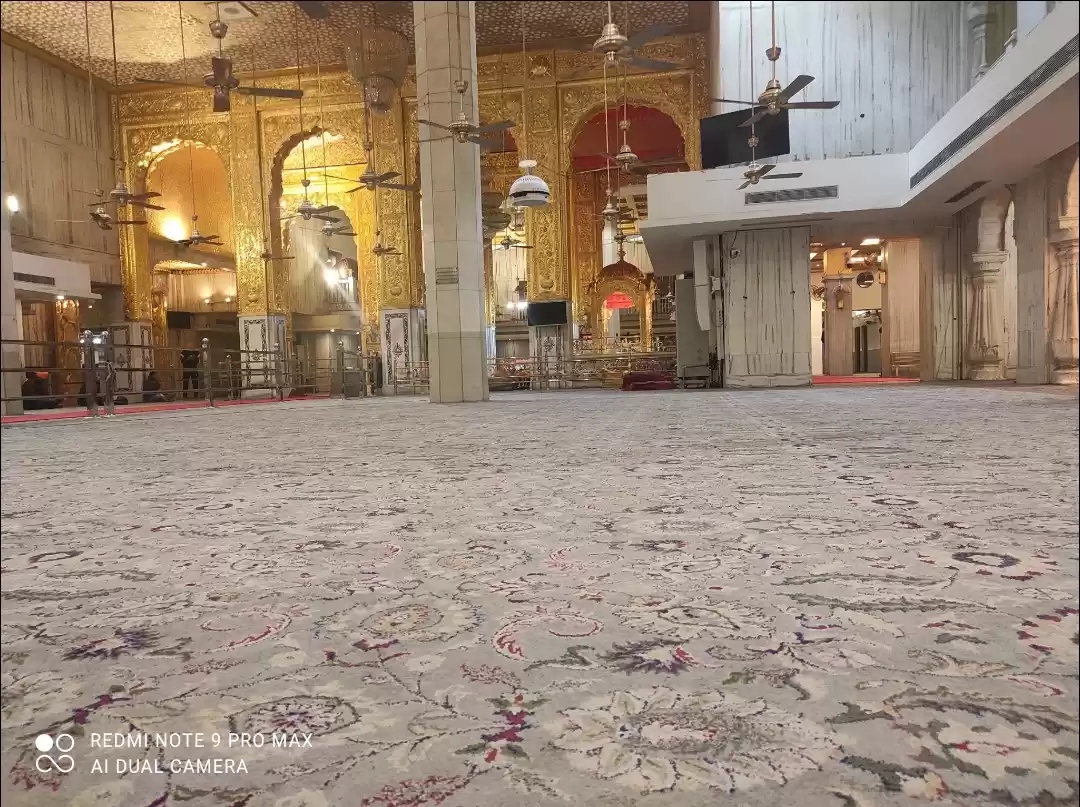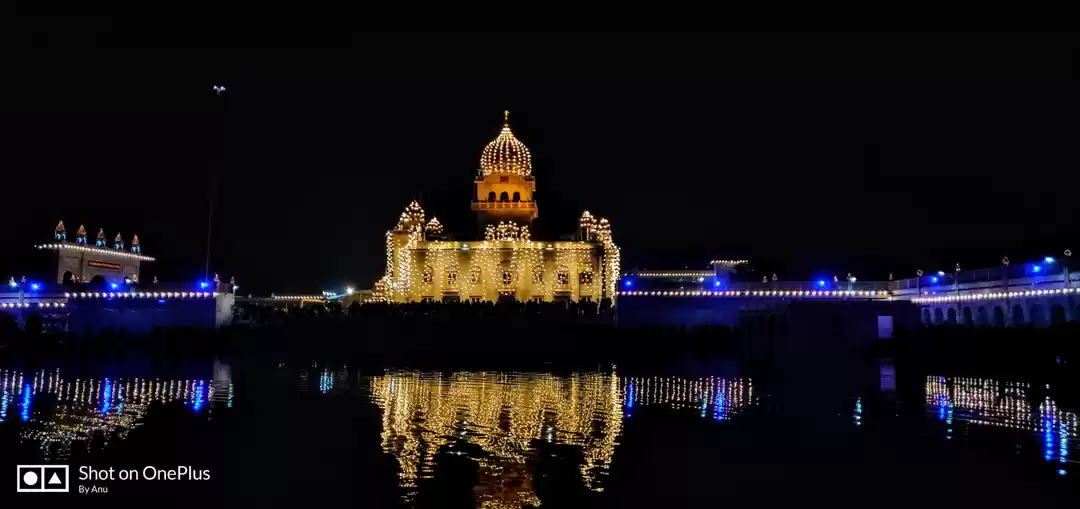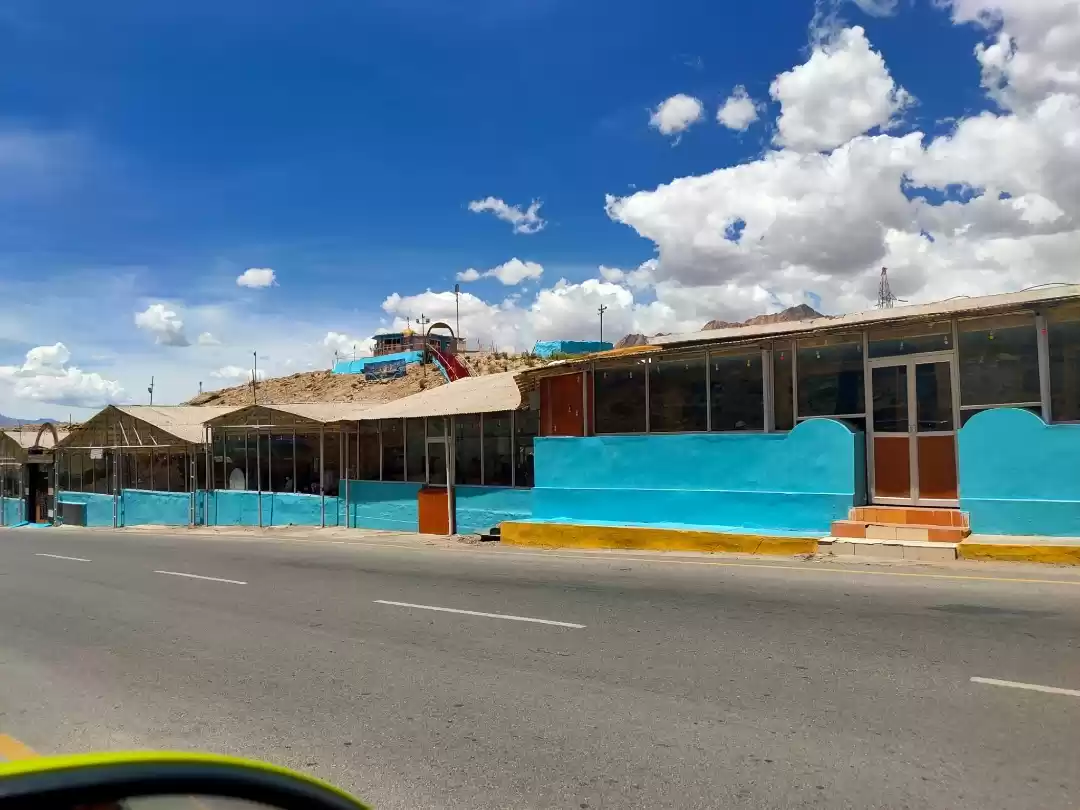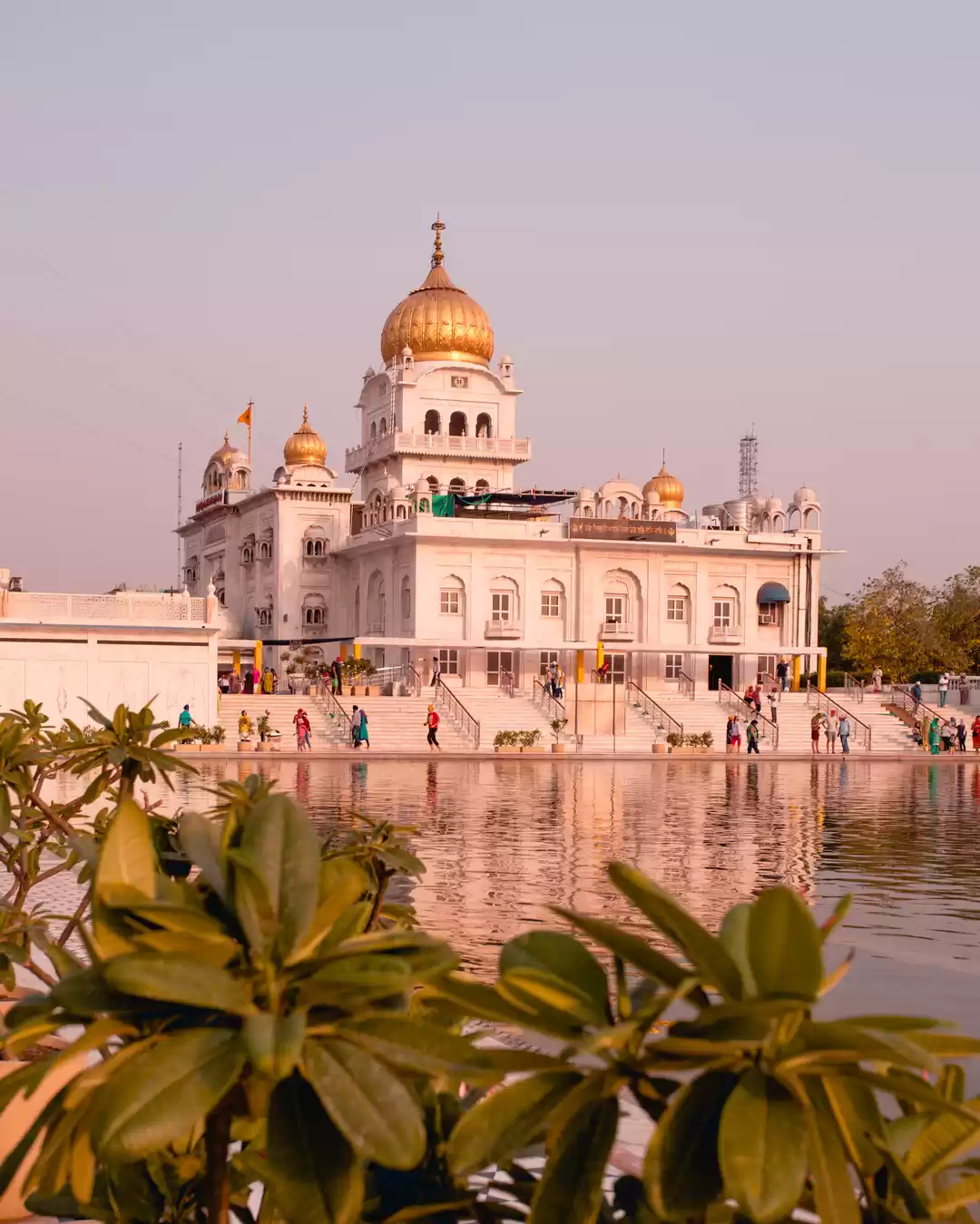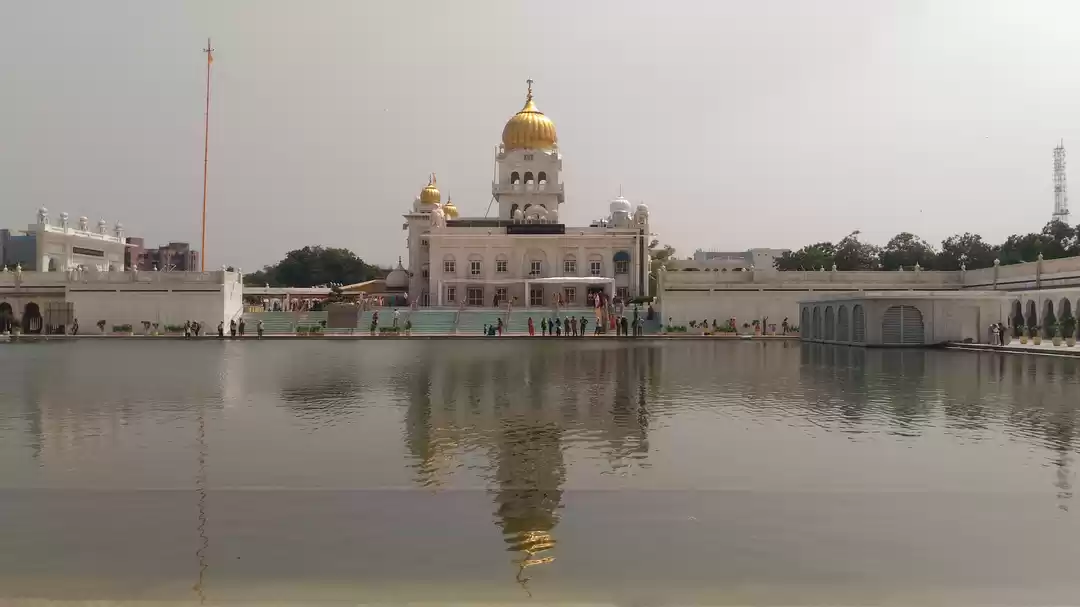If you are looking for a place of peace, spirituality, and culture in the bustling city of Delhi, then Gurudwara Bangla Sahib is the perfect destination for you. This magnificent Sikh temple is not only a religious site, but also a historical landmark, a architectural marvel, and a social service center.
In this article, we will explore the various aspects of Gurudwara Bangla Sahib, such as its history, architecture, services, and attractions. We will also provide you with some practical tips on how to visit this sacred and historic Sikh shrine in Delhi.
History of Gurudwara Bangla Sahib
The history of Gurudwara Bangla Sahib dates back to the 17th century, when it was originally a bungalow belonging to Raja Jai Singh, a nobleman in the Mughal court. The bungalow was named Bangla Sahib after the Bengali style of its construction. In 1664, Raja Jai Singh invited Guru Har Krishan Sahib, the eighth Sikh Guru, to stay at his bungalow during his visit to Delhi. Guru Har Krishan Sahib was known for his compassion and healing powers.
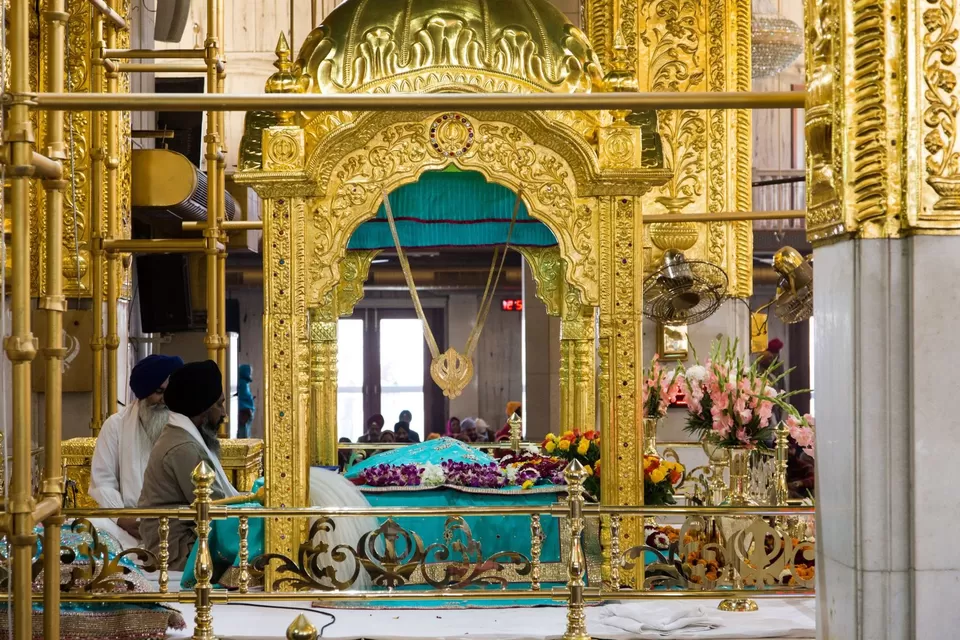
He cured many people who were suffering from a deadly epidemic of cholera and smallpox by giving them water from a well in the bungalow. He also preached the teachings of Sikhism to the masses. However, he himself contracted the disease and passed away at the age of eight.
His followers built a memorial in his honor at the site of his death. Later, in 1783, Sardar Bhagel Singh, a Sikh general, constructed a Gurudwara (Sikh temple) at the same place. Since then, Gurudwara Bangla Sahib has been one of the most revered and visited Sikh shrines in India.
Architecture of Gurudwara Bangla Sahib
The architecture of Gurudwara Bangla Sahib is a blend of Sikh and Mughal styles. The main hall of the Gurudwara is a large rectangular structure made of white marble. It has a high ceiling supported by pillars and arches. The prayer hall is located on the first floor of the main hall. It has a domed roof with a lotus-shaped finial. The dome is covered with gold leaf and reflects the sunlight beautifully. The prayer hall houses the Guru Granth Sahib, the holy scripture of Sikhism, which is placed on a throne under a canopy. The devotees offer their prayers and listen to the hymns sung by the musicians.

The main hall is surrounded by a parikrama (circumambulatory path) that allows the visitors to walk around the sanctum sanctorum. On one side of the parikrama, there is a tall flagpole called Nishan Sahib that bears the Khanda symbol, which represents the unity of God and creation. The Khanda symbol consists of three elements: a double-edged sword that signifies divine justice, a circular chakra that signifies eternal cycle of life and death, and two crossed daggers that signify spiritual and temporal authority.
The Gurudwara complex also has a Sarovar (holy pond) that is believed to have healing properties. The water from the Sarovar is distributed as Amrit (nectar) to the devotees. The Sarovar is also home to many fish that are considered sacred by the Sikhs. The Sarovar is connected to a fountain that creates a soothing sound and adds to the beauty of the Gurudwara.
Services offered by Gurudwara Bangla Sahib
Gurudwara Bangla Sahib is not only a place of worship, but also a place of service. The Gurudwara offers various services and facilities to its visitors and the community at large. Some of these services are:
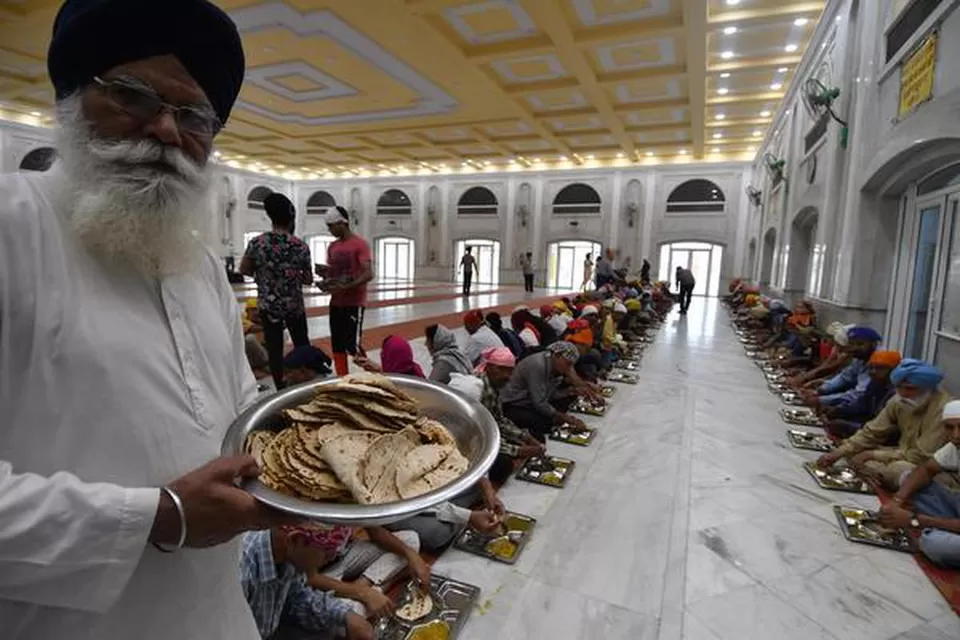
Langar:
Langar is a free community kitchen that serves vegetarian food to anyone who visits the Gurudwara, regardless of their religion, caste, or status. The langar operates 24 hours a day and feeds thousands of people daily. The food is prepared by volunteers who cook, serve, and clean with devotion and humility. The langar reflects the Sikh values of equality, generosity, and hospitality.
Museum:
The museum showcases the history and culture of Sikhism through paintings, photographs, manuscripts, and relics. The museum displays the portraits and belongings of the ten Sikh Gurus, as well as other prominent Sikhs who contributed to the religion and society. The museum also exhibits the weapons and armor used by the Sikh warriors, as well as the musical instruments and books used by the Sikh scholars. The museum is a great place to learn more about the Sikh faith and heritage.
Library:
The library is a repository of knowledge and wisdom. It has a collection of books, magazines, newspapers, and audio-visual materials on various topics related to Sikhism and other religions. The library also provides internet access and computer facilities to the visitors. The library is open to anyone who wants to read, research, or study.
Yatri Niwas:
Yatri Niwas is a guest house that provides accommodation for pilgrims and travelers. It has rooms with basic amenities such as beds, fans, lockers, and bathrooms. The rooms are available on a first-come-first-serve basis and are free of charge. However, donations are welcome and appreciated. The Yatri Niwas also has a common hall where the guests can interact and socialize with each other.
Also check out: Gurudwara Bangla Sahib - Cleanse your soul at this holy place in Delhi
Attractions near Gurudwara Bangla Sahib
Gurudwara Bangla Sahib is located in the heart of Delhi, close to many other attractions that can be visited along with the Gurudwara. Some of these attractions are:
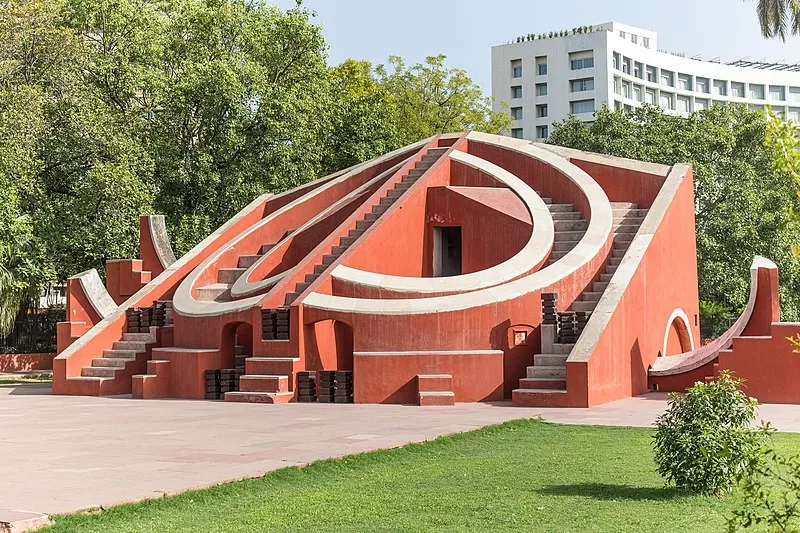
Connaught Place:
Connaught Place is one of the most popular and lively areas in Delhi. It is a circular market that has shops, restaurants, cafes, bars, cinemas, and clubs. It is also a hub for cultural events and festivals. Connaught Place is a great place to shop, eat, drink, and have fun.
Jantar Mantar:
Jantar Mantar is an astronomical observatory built by Maharaja Jai Singh II in 1724. It has 13 instruments that measure time, sun, moon, planets, and stars. It is one of the five observatories built by Jai Singh II in different parts of India. Jantar Mantar is a fascinating place to see the ancient science and art of astronomy.
India Gate:
India Gate is a war memorial built in 1931 to honor the Indian soldiers who died in World War I and the Afghan Wars. It has an arch-shaped structure that stands 42 meters high. It has the names of over 13,000 soldiers inscribed on its walls. It also has an eternal flame called Amar Jawan Jyoti that burns day and night. India Gate is a symbol of patriotism and sacrifice.
Rashtrapati Bhavan:
Rashtrapati Bhavan is the official residence of the President of India. It is a grand building that has 340 rooms, 227 columns, 37 fountains, and 19 gardens. It was designed by Sir Edwin Lutyens and Herbert Baker in 1929. It has a blend of Indian and European architectural styles. It also has a museum that displays the history and culture of India. Rashtrapati Bhavan is open to visitors on weekends and holidays.
How to visit Gurudwara Bangla Sahib
Gurudwara Bangla Sahib is open to visitors throughout the year, from sunrise to sunset. There is no entry fee or dress code for visiting the Gurudwara. However, visitors are expected to follow some basic etiquette and rules while visiting the Gurudwara. Some of these are:
1. Cover your head with a scarf or a cap before entering the Gurudwara premises. You can also borrow a headscarf from the Gurudwara if you don’t have one.
2. Remove your shoes and socks and wash your feet at the entrance of the Gurudwara. You can deposit your shoes at the shoe counter for free.
3. Respect the sanctity and silence of the Gurudwara. Do not talk loudly or take photographs inside the prayer hall or near the Guru Granth Sahib.
4. Accept the Prasad (sweet offering) with both hands and eat it with reverence.
5. Participate in the langar service if you wish to. You can either eat at the langar hall or volunteer in the kitchen or dining area.
6. Do not smoke, drink alcohol, or consume any intoxicants within or near the Gurudwara premises.
You can reach Gurudwara Bangla Sahib by various modes of transportation from different parts of Delhi. Some of these are:
Metro:
The nearest metro station to Gurudwara Bangla Sahib is Patel Chowk on the Yellow Line. From there, you can take an auto-rickshaw or walk for about 10 minutes to reach the Gurudwara.
Bus:
There are many buses that ply to Gurudwara Bangla Sahib from different parts of Delhi. You can board any bus that goes to Connaught Place or Shivaji Stadium and get down at Ashoka Road or Baba Kharak Singh Marg near the Gurudwara.
Taxi:
You can also hire a taxi or book an app-based cab service such as Ola or Uber to reach Gurudwara Bangla Sahib.
Gurudwara Bangla Sahib is a place where you can experience the divine grace and glory of Sikhism. It is a place where you can witness the history and culture of a great religion and a great people.
You may also like to read: Delhi's Bangla Sahib Gurudwara: Where Faiths Come Together to Pray!
If you are looking for a spiritual and cultural destination in Delhi, then Gurudwara Bangla Sahib is the perfect choice for you. Visit Gurudwara Bangla Sahib today and discover the true essence of Sikhism.

